Each Aff1 article on GEO takes into account the cultural context. For Serbia, Montenegro (or in a word Yugoslavia) this is especially important. Therefore, our advice on working with this GEO is based on the features and prerequisites of the mentality. Let this article reveal to you the maximum of insights and bring tangible benefits.
The main thing you need to know about the country
Yugoslavia is a defunct state in Europe that existed on the Balkan Peninsula from 1918 to 2003. It had access to the Adriatic Sea.
Yugoslavia included 6 republics: Serbia, Croatia, Slovenia, Macedonia, Montenegro and Bosnia and Herzegovina, now all independent. Federal Republic of Yugoslavia included the now independent states of Montenegro and Serbia. We will devote maximum attention to them.
Separately, we have already written about working with these GEOs:
Serbia: what kind of traffic do Mila Jovovich’s countrymen like?
Croatia: traffic, profit and 101 Dalmatians
Bosnia: Gypsies or Europeans? Profit or waste of time?
Now let’s look for common features that will help in working with traffic.
But first, an analysis of the prerequisites.
How did it happen?
Yugoslavia (as the Kingdom of Serbs, Croats and Slovenes) broke up into several states.
The Federal Republic of Yugoslavia (aka Third Yugoslavia) was established on April 27, 1992 and included two republics: Serbia and Montenegro.
In May 2006, following a referendum, Montenegro was transformed into an independent state, after which the Federal Republic of Yugoslavia ceased to exist.
Among the republics of the former Yugoslavia, Slovenia and Croatia are full members of the union.
Another specific point: distinguish between the Republika Srpska (part of Bosnia and Herzegovina) and Serbia (a separate state). If your addressee is a Serb, then he may even be flattered. But the rest (Boshnyaks and Croats) are annoyed by this misunderstanding. Just remember: Republika Srpska and Republic of Serbia are not the same thing.
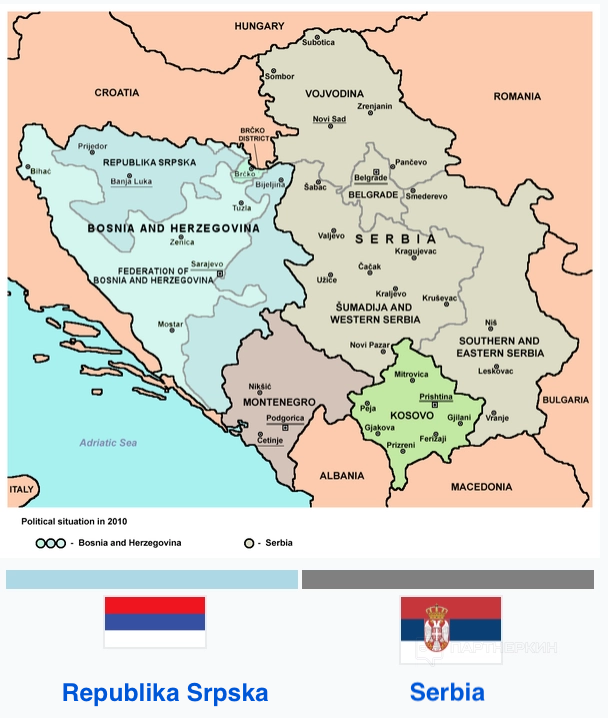
Statistics
The population of Serbia is almost 8.7 million people, the average age is 40 years.
The population of Croatia is almost 4.1 million people.
The population of Bosnia and Herzegovina is almost 3.3 million people.
Total more than 16 million in only three countries. But they are unevenly distributed. For example, in the capital of Serbia, Belgrade, the population is 10 times larger than in the capital of Montenegro, Podgorica.
Language
After World War II, the languages of the union republics were declared equal state languages, although Serbo-Croatian and Serbian enjoyed a relative advantage.
Serbian is now the official language.
In Croatia it is Croatian.
In Bosnia — Bosnian, Serbian and Croatian.
There are differences between languages, but only native speakers distinguish these nuances, and even then not always: 99% identical grammar, 95% common vocabulary, but the remaining five percent make music.
For example, Serbs drink kafa, Croats drink kava, and Bosnians drink kahva.
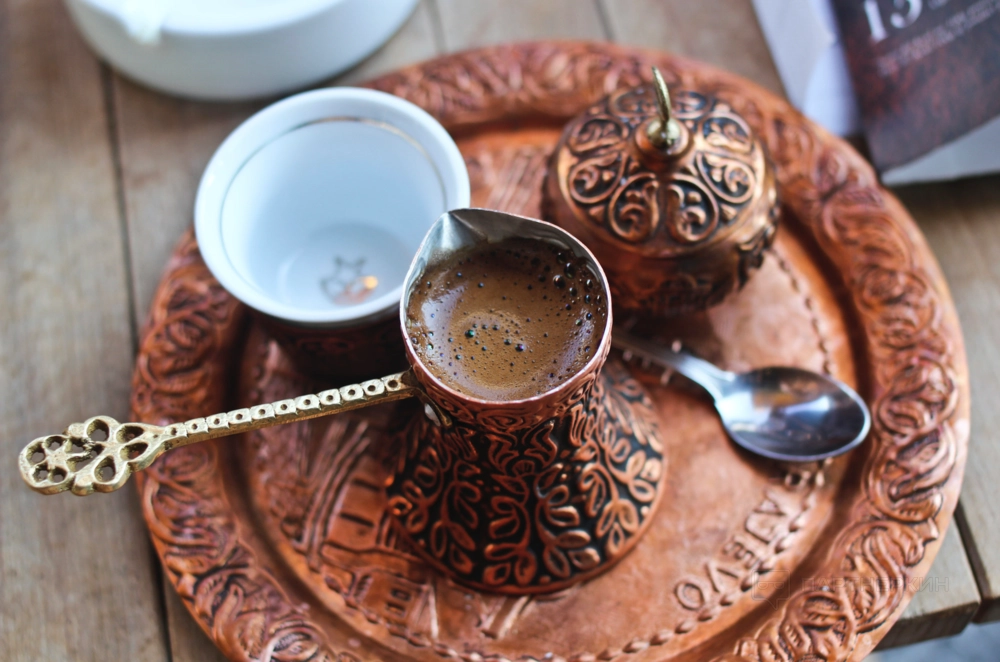
In Serbia, both Cyrillic and Latin are in use, while Cyrillic is the official one — documents, laws, signs, and partly advertisements are written in it. But in real life, there is more and more Latin.
Values and habits
Serbs are known for their sincere, patriotic, proud and straightforward nature. They are close to traditional family values. Therefore, as positive images of advertising campaigns, it is worth focusing on such characteristics. Prosperous happy couples and families with children, a beautiful life.
Croats are conservative, family and basic human values are most important to them. Therefore, emotional photos of happy couples and prosperous families with children are what you need for a positive perception of your creatives.
Croatian society is quite patriarchal, the man here is the head of the family.
Bosnians, like all Balkans in general, highly value family values, often live under the same roof with their parents, not because of cramped living conditions, but because they want to. Therefore, advertising images of happy families, especially those with many children, are relevant here.
In Serbia there is a family holiday — Glory. It is more important than a birthday, it is almost as important as Christmas. Each family has its own Glory, a day dedicated to some kind of patron saint of the family. Most often, Serbs glorify St. Nicholas, John the Baptist and St. Sava of Serbia. Glory is «inherited» through the husband’s line, that is, when she gets married, a woman celebrates the Glory of her husband’s family. It is customary to invite a mass of people — relatives, friends and acquaintances, regardless of their religious views.
Character
A mixture of Slavic and Western mentality.
The people of Serbia are nationalists, and they do not hide it. However, their nationalism is a feeling of national self-sufficiency, suffered for centuries, pride in their history and the deeds of their ancestors.
Here they are tired of the war and will happily discuss their views of the harvest or sports, gossip about their personal lives, or criticize the weather.
Serbs are very fond of children. Here it is accepted that fathers are engaged in the upbringing of children no less than mothers.
Attitude towards children and pregnant women is very careful and attentive.
Merak is a rather complex concept. Merak is Serbian Zen, the ability to enjoy the most ordinary things here and now, the very thing that pop psychologists are trying to convey to us, broadcasting calls to “start living here and now.” But the Serbs know how to do it from birth.
Serbs do not like Croats and those Serbs. Kosovo and the Republika Srpska (the one that is part of Bosnia and Herzegovina) periodically flash in the statements of politicians.
Offers
There are many smokers in Serbia. In cafés and restaurants, non-smoking areas are very arbitrary: they can offer a table, a meter away from which they will smoke on both sides. Therefore, products for whitening teeth and fighting bad breath and in the air, for fresh breath, have been and will be popular.
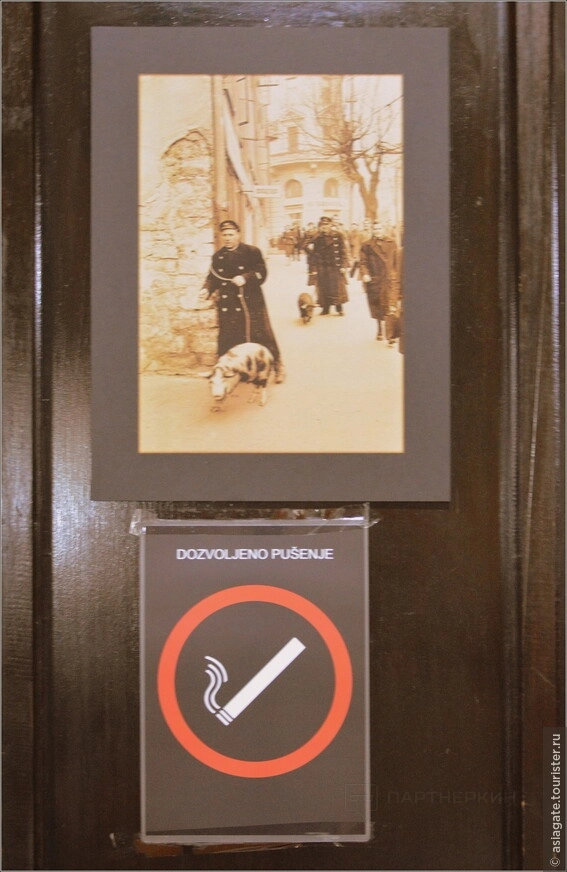
Despite the widespread smoking, the Serbs are also willingly and without exception doing fitness (running, exercising, going to gyms). Therefore, they willingly buy sports nutrition, vitamins and sports supplements, as well as means to strengthen blood vessels and joints.
Serbian cuisine is very appetizing and satisfying, and the portions are large. Therefore, both dietary supplements to facilitate digestion and for weight loss are popular here.
Our case Xtnt (potency gel) to Serbia with ROI 267%.
Given the average age of the Serbs, you can always offer them funds for:
- potency and prolongation;
- against prostatitis;
- for rejuvenation;
- weight loss;
- skin, hair and nail care.
In Croatia, nutra offers also traditionally convert well:
- for pain and joint problems.
- from varicose veins (dilated veins).
- against hypertension and problems with the cardiovascular system.
In Bosnia and Herzegovina, in general, some prejudices are quite tenacious. Locals also believe in the evil eye and corruption, some wear talismans designed to protect them from the evil eye, and amulets from envy and failure.
The average Bosnian is over 40 years old, so drugs for pain in the joints, neck, back, as well as strengthening blood vessels are relevant for him.
Case: 735% ROI in a couple of days, thanks Bosnia!
Writer Samuel Johnson stated, «boys drink claret, men drink port, but he who wants to be a hero must drink rakia.» All these are Balkan drinks. You can reformulate this famous phrase for your offer:
“Boys drink claret, men drink port, but he who wants to become a hero must drink …”
Or like this:
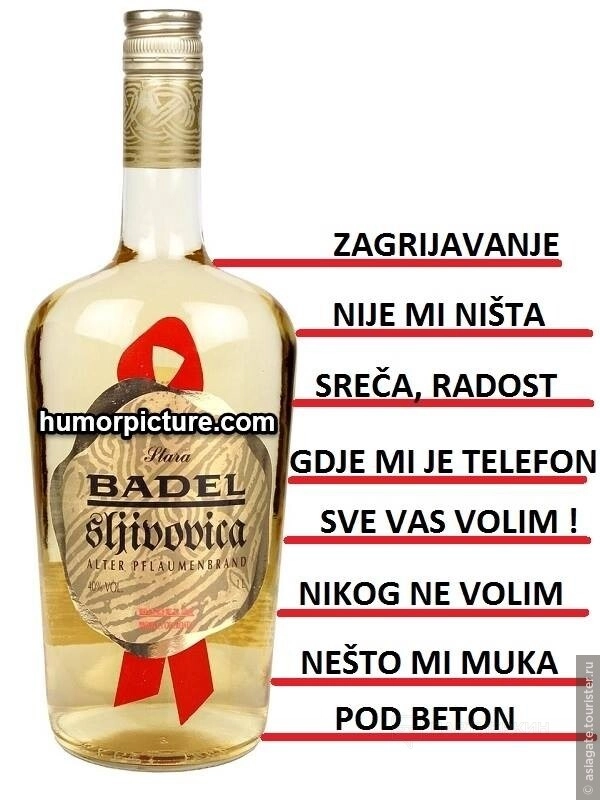
Raspberries are called «red gold» in Serbia, and the income from their deliveries abroad exceeds all expectations.
Conclusions
The region, formerly known as Yugoslavia, is a mix of cultures, languages, and religions, with Central and Eastern Europe to the north, Greece and Turkey to the south, and Italy to the west.
Residents of the countries of the former Yugoslavia have much in common. Here are some of the typical features:
- They are friendly and hospitable.
- They value family and friends.
- They love to eat delicious food and have a good time.
- They value quality and durability.
- They love new technologies.
- They value their culture and heritage.
These commonalities can be used to create advertisements that will appeal to residents of the countries of the former Yugoslavia.
These are people with European values. When creating promotional offers for residents of Serbia and Croatia, take into account their fairly high European standard of living and focus not on cheapness or a “unique promotion”, but on the quality and effectiveness of products.
It is essential for local residents that cosmetics are natural. The target audience, as in many European countries, prefers ECO products, so it is better to focus on natural and safe ingredients in offers.
When working with these GEOs, do not forget about their features and common features, use them in a complex, expand geography and increase profit.
And Aff1 managers are always in touch to give good advice or suggest a good idea. For exclusive offers — you are welcome too!


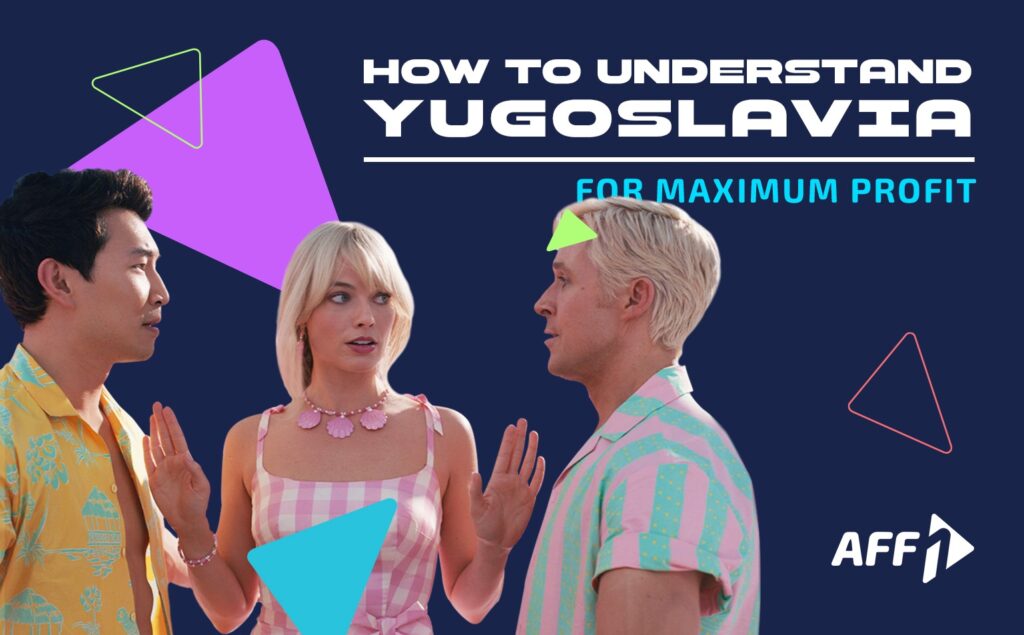
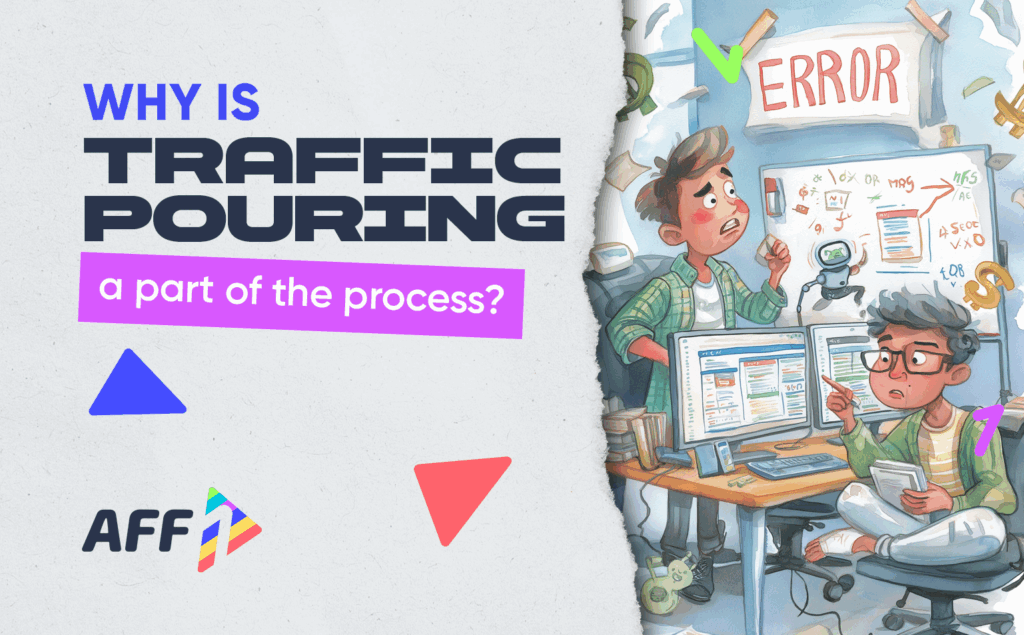

Добавить комментарий